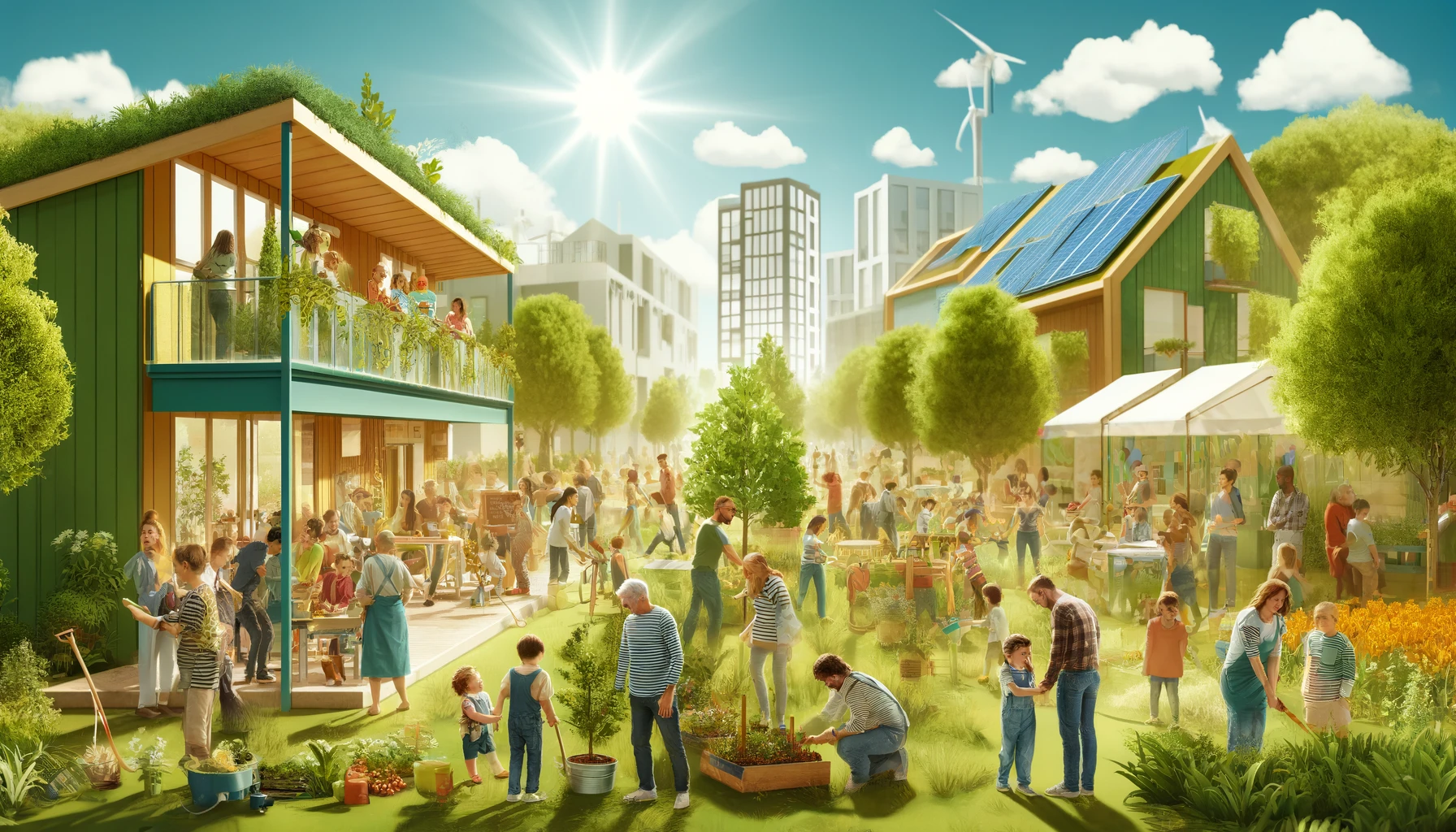The concept of sustainability has expanded beyond environmental protection to include economic viability and social equity. A sustainable community effectively meets the needs of its current members without compromising the ability of future generations to meet their own needs. Involving multiple age groups in community development can leverage the unique strengths and perspectives of each age group, creating a more resilient and inclusive community.
The Role of Different Age Groups
Children and Youth
Young people bring innovation, creativity, and a natural affinity for technology. Engaging them in sustainability projects like recycling programs, community gardens, or technology-driven solutions for energy conservation can instill a sense of responsibility and environmental stewardship from a young age.
Working Adults
Adults in their working years are often the economic backbone of a community. They can contribute by advocating for sustainable practices within local businesses, supporting or starting eco-friendly initiatives, and participating in local governance to steer policies towards sustainable development.
Seniors
Older adults possess a wealth of knowledge and experience. They can mentor younger generations, provide historical context to community issues, and promote traditional practices that are environmentally sustainable. Moreover, their active participation helps reduce feelings of isolation and promotes mental health.
Strategies for Developing a Sustainable Multi-Age Community
Education and Awareness
Continuous education and awareness-raising activities are crucial. Workshops, seminars, and interactive sessions that cater to different age groups can help disseminate knowledge about sustainability practices and encourage their adoption.
Policy Integration
Local governments should integrate multi-age inclusive policies that address the needs and capabilities of all age groups. Policies could include flexible work arrangements to encourage adult participation in community activities, educational reforms to incorporate sustainability into school curricula, and health and mobility services to enhance senior citizens’ participation.
Technology and Innovation
Utilizing technology can bridge the gap between different age groups. For instance, apps that monitor energy use can engage tech-savvy youths and can be simplified for senior users. Similarly, virtual platforms can facilitate the sharing of knowledge and skills across age groups, promoting community cohesion.
Building Community Spaces
Creating spaces that are accessible and appealing to all age groups can foster interactions and collaboration. These spaces can host markets for local produce, venues for cultural and educational events, and areas for environmental initiatives, thereby becoming hubs of sustainable practices.
Conclusion
Developing a multi-age sustainable community is not merely a beneficial strategy—it is a necessity for fostering an equitable and resilient future. By leveraging the diverse strengths of all age groups, communities can achieve sustainability goals more effectively and ensure that everyone, regardless of age, can contribute to and benefit from sustainable development practices.
References
- United Nations. (2015). Sustainable Development Goals. http://www.un.org/sustainabledevelopment/sustainable-development-goals/
- Green, M., & Howe, P. (2017). Integrating Multi-Age Dynamics into Community Planning. Journal of Urban Planning and Development, 143(2).
- Patel, L. (2019). Technology and the Age-Friendly City. Cities Today, 25, 45-47.
- Kumar, A. (2020). Building for a Sustainable Future: Community Spaces that Bridge Generations. Environment and Urbanization, 32(1), 109-123.


